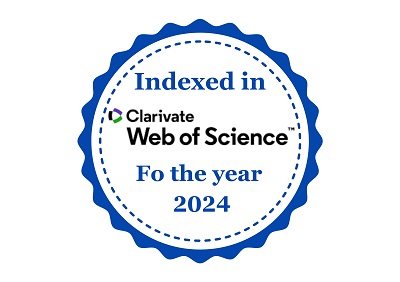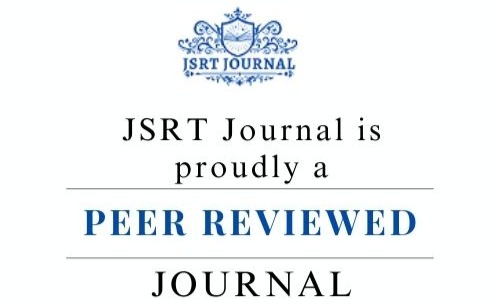Grape Leaf Disease Detection Using Deep Learning
DOI:
https://doi.org/10.5281/zenodo.8285236Keywords:
Deep Learning, Disease Detection, Grape DiseaseAbstract
An AI function called as deep learning (sometimes deep structured learning or hierarchical learning) attempts to mimic the brain's pattern recognition and data analysis capabilities. Deep learning is a branch of AI's machine learning that makes use of unstructured or unlabeled data to train its networks. Using deep learning to identify diseases in grape leaves has several benefits. First, it facilitates accurate and timely illness diagnosis, which in turn paves the way for efficient and timely disease management. Second, deep learning models are capable of processing massive volumes of complicated picture data, so enabling the capture of subtle patterns and characteristics that may have eluded more conventional approaches. Furthermore, these models may learn from experience and become better with additional data, enhancing their accuracy and precision of predictions over time. Improvements in vineyard management, decreased crop losses, and more support for sustainable agriculture might all result from applying deep learning to identify diseases on grape leaves.











